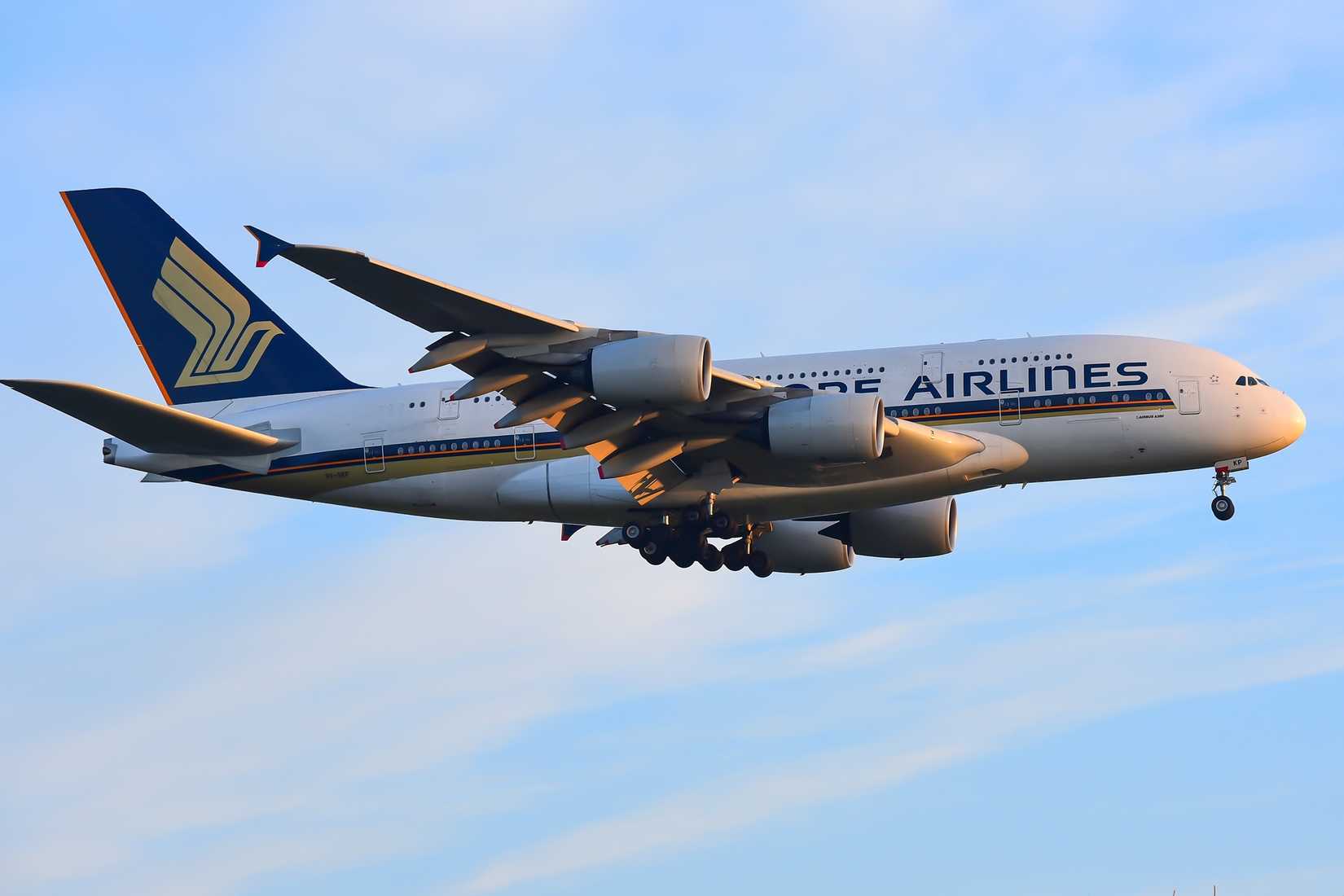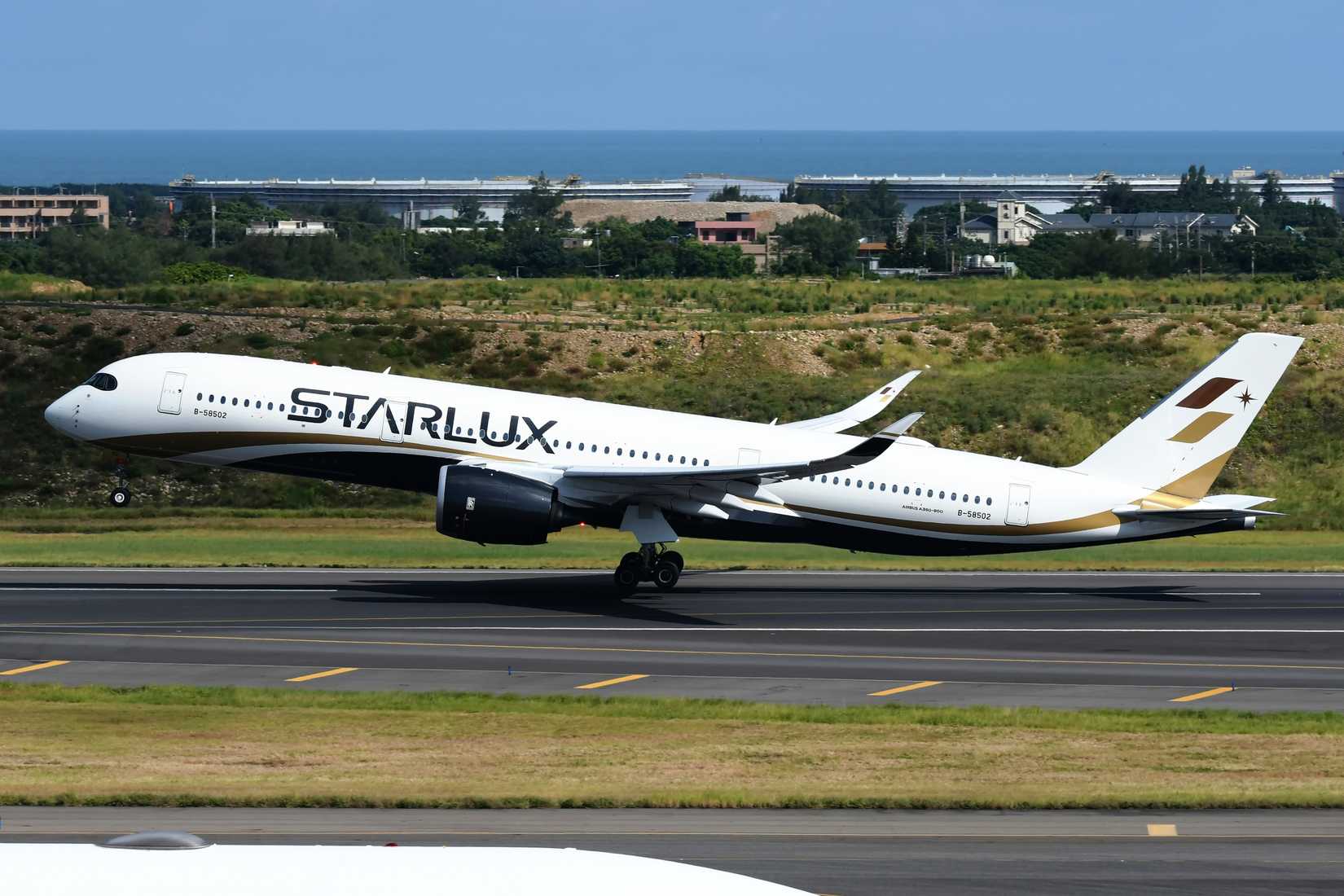Rolls-Royce and Pratt & Whitney are two of the world’s largest engine manufacturers, and together with General Electric, they produce the bulk of the world’s commercial aircraft engines. These two manufacturers have long been at the forefront of their game and are responsible for developing the engines that power some of the most iconic aircraft in commercial aviation history, including the Airbus A380 and the Boeing 747.
In this article, we will examine the key differences between Rolls-Royce and Pratt & Whitney engines, focusing on the aircraft they power, the manufacturers’ design principles, and their production locations, among other factors.
The Aircraft They Power
One of the primary differences between Rolls-Royce and Pratt & Whitney engines is in the aircraft that they power. Currently, Rolls-Royce produces engines exclusively for widebody aircraft, having left the narrowbody market to other competitors after its exit from the International Aero Engines (IAE) consortium in the early 2000s.
This focus has allowed the company to concentrate on building high-thrust, fuel-efficient engines optimized for long-range travel, such as the Trent XWB series for the Airbus A350 and the Trent 900 series, which was one of two engine options available for the Airbus A380 and chosen by the likes of ![]() Singapore Airlines, Lufthansa, and Qantas. That said, Rolls-Royce has expressed interest in re-entering the narrowbody market in the future with its upcoming UltraFan engine, which can be scaled down to meet the varying needs of smaller aircraft.
Singapore Airlines, Lufthansa, and Qantas. That said, Rolls-Royce has expressed interest in re-entering the narrowbody market in the future with its upcoming UltraFan engine, which can be scaled down to meet the varying needs of smaller aircraft.
Pratt & Whitney, on the other hand, continues to produce engines for both narrowbody and widebody commercial aircraft. These include the PW1000G, which powers the Embraer E2 series and the Airbus A320, and the PW4000, which has been used on some of Boeing’s largest aircraft, such as the 747 and 777. It is interesting to note that the PW1000G has gone on to become one of the most popular narrowbody aircraft engines available.
Engine Design Principles
Another difference between Rolls-Royce and Pratt & Whitney is the way the two manufacturers design and build their engines. Firstly, Rolls-Royce engines are known for their three-shaft design, with the engine separated into three rotating segments made up of low-pressure, intermediate-pressure, and high-pressure spools. This design feature enables each section to operate at its most efficient speed, improving overall performance and fuel efficiency, especially for high-thrust, large-diameter turbofans.
The three-shaft design is a feature of the Rolls-Royce Trent engine family in particular, which includes models such as the Trent 700, 1000, and XWB. These engines are recognized for their high bypass ratios, quiet operation, and reliability on long-distance routes. The Trent XWB is among the most efficient large aircraft engines in service, powering all variants of the Airbus A350.
When it comes to Pratt & Whitney engines, they primarily feature a two-shaft design. However, the introduction of the Geared Turbofan (GTF) marked a revolutionary shift, using a reduction gearbox that decouples the fan speed from the low-pressure turbine. This allows the fan to spin more slowly while the turbine operates at higher, more efficient speeds. The result is a more efficient propulsion system that also significantly reduces engine noise. This design feature has made the manufacturer’s GTF engines particularly popular among airlines focused on operating efficiency and environmental sustainability.
Technological Innovation
Both Rolls-Royce and Pratt & Whitney are constantly developing new engine technologies. Innovation is a major pillar of Rolls-Royce’s strategy, with the manufacturer developing advanced materials and manufacturing techniques, including hollow titanium wide-chord fan blades and composite fan cases, which help to reduce weight while maintaining strength and durability.
Rolls-Royce’s next-generation project, UltraFan, aims to combine a geared architecture with a variable-pitch fan system to push the boundaries of fuel efficiency and emissions reduction even further. Although UltraFan is still in the development phase, it reflects Rolls-Royce’s long-term commitment to sustainable aviation.
Pratt & Whitney’s technological reach extends beyond commercial aviation, as the manufacturer also supplies the F135 engine that powers the Lockheed Martin F-35 Lightning II – one of the most advanced fighter jets in the world. Additionally, its Canadian subsidiary, Pratt & Whitney Canada, specializes in smaller engines for regional, business, and general aviation markets, such as the PW100 and PW300 families.
Their Airline Customers
Among the largest airline operators of aircraft powered by Rolls-Royce engines are:
|
Airline |
Aircraft |
Engine |
|---|---|---|
|
Turkish Airlines |
Airbus A350 |
Trent XWB |
|
Starlux Airlines |
Airbus A350 |
Trent XWB |
|
Singapore Airlines |
Airbus A350 & Boeing 787 |
Trent XWB & Trent 1000 |
|
Air New Zealand |
Boeing 787 |
Trent 1000 |
|
Cathay Pacific |
Airbus A350 |
Trent XWB |
Meanwhile, the table below outlines some of the largest airline operators of aircraft powered by Pratt & Whitney engines:
|
Airline |
Aircraft |
Engine |
|---|---|---|
|
Spirit Airlines |
Airbus A320neo |
PW1100G-JM |
|
China Airlines |
Airbus A321neo |
PW1100G-JM |
|
Porter Airlines |
Embraer E195-E2 |
PW1000G |
|
Asiana Airlines |
Airbus A330 |
PW4000 |
|
United Airlines |
Boeing 767-300ER |
PW4000 |
Maintenance Strategy & Manufacturing Locations
When looking at the differences between engine manufacturers, it is also important to consider their maintenance strategies, which can vary widely. Rolls-Royce makes greater use of digital engine monitoring, with its “power-by-the-hour” business model allowing airlines to pay for engine usage rather than ownership, shifting financial and maintenance risk to the manufacturer. This strategy, coupled with extensive global support networks, has made Rolls-Royce a trusted partner for many long-haul carriers.
Pratt & Whitney also invests heavily in digital tools, predictive maintenance, and partnerships to optimize engine lifecycle performance. Unlike Rolls-Royce, it offers a variety of engine support models, combining traditional maintenance contracts with more customized service options.
When it comes to their manufacturing locations, Rolls-Royce primarily manufactures its engines in the UK. Its main civil aerospace manufacturing facility is in Derby, which handles the assembly and testing of major engines like the Trent family. Rolls-Royce also operates significant production sites in both Bristol and Scotland. On a global scale, the manufacturer also has joint ventures and facilities in Germany, Singapore, and the US. Rolls-Royce’s Singapore facility is notable for producing fan blades and assembling Trent engines, particularly the Trent 1000 and Trent XWB.
Pratt & Whitney, on the other hand, is headquartered in Connecticut in the US, where its primary manufacturing facility is also located. The manufacturer has gone on to expand its global footprint with facilities in Poland, Singapore, and Canada. Meanwhile, Pratt & Whitney Canada, headquartered in Quebec, specializes in smaller engines used in regional, business, and general aviation aircraft.
Ongoing Reliability Issues
Another factor that separates Rolls-Royce and Pratt & Whitney is that reliability issues have plagued the latter in recent years with its Geared Turbofan (GTF) engine family, particularly the PW1100G-JM, which powers the Airbus A320neo.
While Pratt & Whitney’s GTF engines offer impressive fuel efficiency, noise reduction, and lower emissions, a series of technical and durability issues have plagued their reputation and reliability since their introduction, one of the most persistent of which has been with premature wear of engine components, especially the turbine blades and combustor liners. These components have shown faster-than-expected deterioration, leading to unplanned engine removals, flight delays, and increased maintenance costs for airlines. In hot and dusty operating environments, such as in India and the Middle East, these issues have been more pronounced, highlighting performance limitations under certain conditions.
To make matters worse, in 2023, Pratt & Whitney identified a significant issue involving a rare metal powder contamination during the manufacturing process of engine parts. This defect affected the high-pressure turbine disks and other critical components, prompting the manufacturer to recall and inspect hundreds of GTF engines worldwide. The inspections, which could take years to complete, led to massive disruption for many airlines, grounding portions of their fleets and causing capacity shortfalls. At the time, the manufacturer said,
“Pratt & Whitney has determined that a rare condition in powdered metal used to manufacture certain engine parts will require accelerated fleet inspection. This does not impact engines currently being produced. As a result, the business anticipates that a significant portion of the PW1100G‑JM engine fleet, which powers the A320neo, will require accelerated removals and inspections within the next nine to twelve months, including approximately 200 accelerated removals by mid‑September of this year.”
The complex gearbox at the heart of the GTF design has also posed maintenance challenges, as its complexity requires specific expertise for inspection and repairs, contributing to longer turnaround times during overhauls. Among the airlines that have been most severely impacted by problems with the Pratt & Whitney PW1100G-JM engine are ![]() Turkish Airlines, IndiGo, Spirit Airlines, Air New Zealand, and Volaris.
Turkish Airlines, IndiGo, Spirit Airlines, Air New Zealand, and Volaris.
Although there are many differences between Rolls-Royce and Pratt & Whitney, they are united in that they are both leaders in their field. The two manufacturers have been responsible for designing and building the engines that power some of the most iconic commercial aircraft of our time, including the Boeing 747 and the mighty Airbus A380. Their technological innovation will no doubt continue to ensure they remain at the top of their game going forward.








